
Introduction
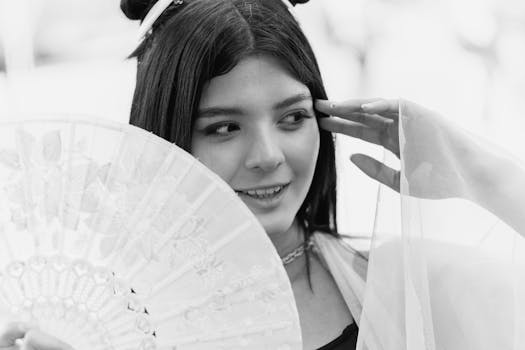
Mixing textures and patterns is an essential skill in creating a dynamic look, whether in fashion or interior design. By thoughtfully combining different elements, you can elevate your style and create visually interesting spaces. This article delves into the techniques and principles of mixing textures and patterns effectively.
Understanding Textures

Textures refer to the surface quality of materials, which can be perceived visually or through touch. They can be categorized into two types: tactile textures, which you can feel, and visual textures, which are seen. Examples of textures include smooth, rough, soft, and hard. Incorporating a variety of textures adds depth and dimension to your ensemble or space.
Exploring Patterns

Patterns are decorative designs that are repeated. They can range from geometric shapes to floral motifs. Patterns can be bold or subtle and are crucial in adding visual interest. When mixing patterns, it’s important to consider scale and color to create a cohesive look.
Techniques for Mixing Textures
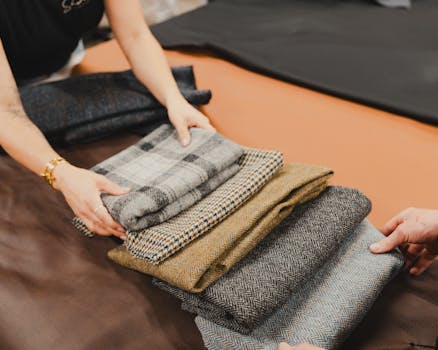
1. Layering: Start with a base layer of neutral textures and build up with contrasting materials. For example, pair a soft wool sweater with a sleek leather skirt.
2. Contrasting Textures: Use contrasting textures to create a striking visual impact. A rough stone surface can beautifully complement a smooth metallic finish.
3. Balance: Aim for a balance between heavy and light textures. If you have a chunky knit, balance it with something airy like silk or chiffon.
Combining Patterns Effectively
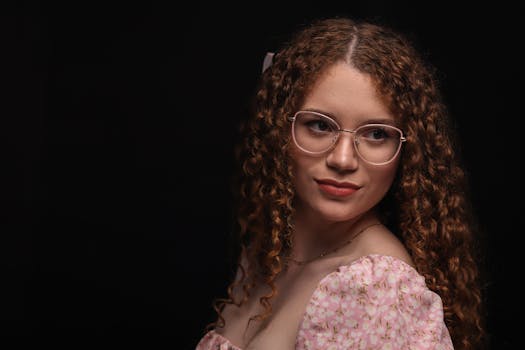
1. Varying Scale: Mix patterns of different scales. For instance, pair a large floral print with a smaller polka dot to create harmony.
2. Color Coordination: Stick to a color palette. This ensures that even when patterns clash, they still look cohesive. Choose a dominant color and let others complement it.
3. Repeating Elements: Use similar colors or motifs within different patterns to tie the look together, such as using a color from one pattern in another.
Practical Applications
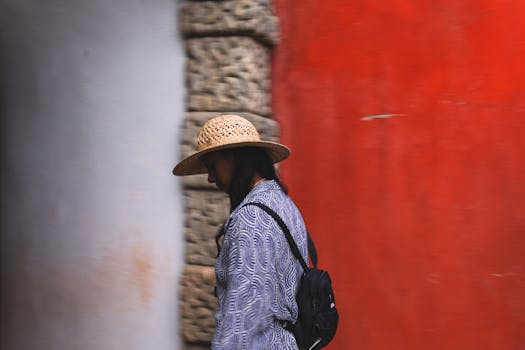
In fashion, you can mix a striped shirt with floral trousers by ensuring they share a common color. In home decor, a velvet sofa can be paired with a geometric print rug and a knitted throw for a layered look. Experimenting with textures and patterns can transform a mundane outfit or space into something extraordinary.
Conclusion
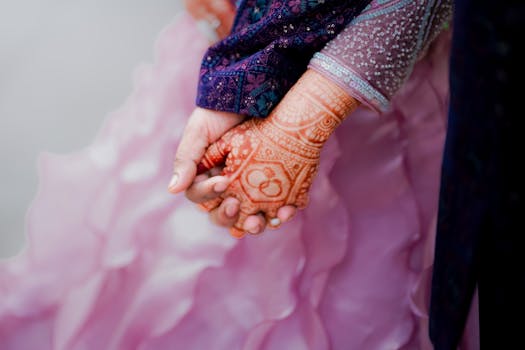
Mixing textures and patterns allows for personal expression and creativity. By understanding the principles behind these elements, you can create a dynamic and appealing look. Don’t be afraid to experiment—fashion and design are about what makes you feel good.






